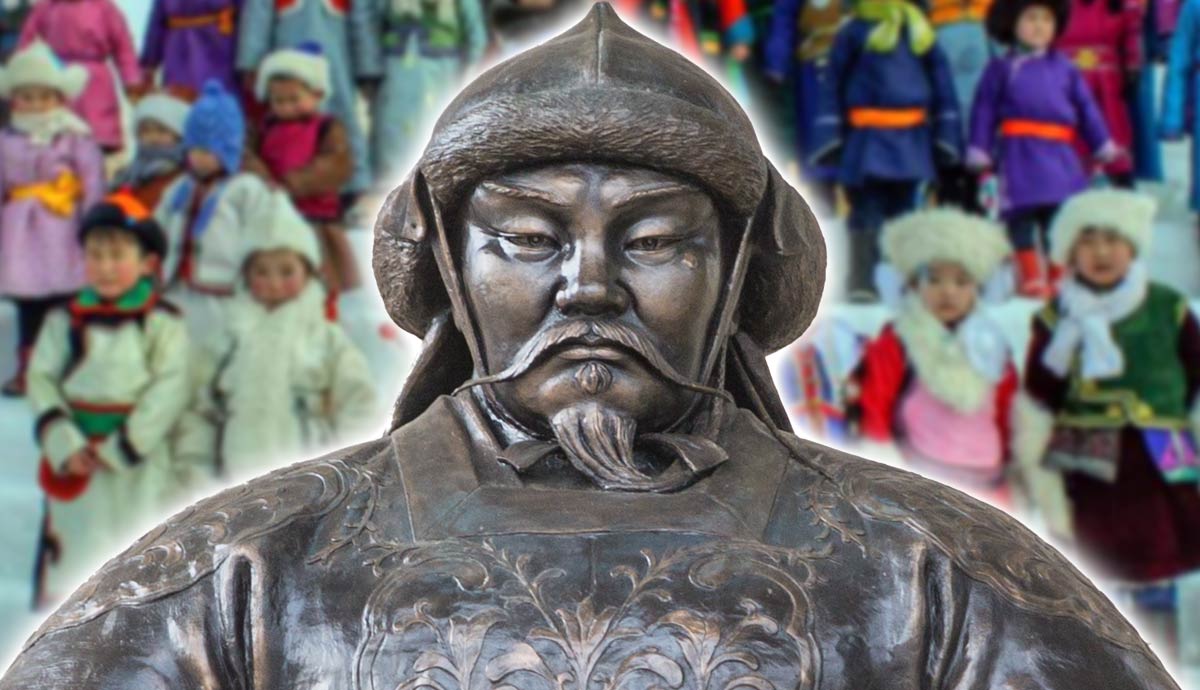Man, let me tell you, this whole thing started because of a ridiculous Christmas present my cousin gave me a couple of years back. One of those cheap, spit-in-a-tube ancestry kits. I figured it would be good for a laugh, maybe tell me I was 10% Irish or something boring like that.
The Unexpected Kicker
I mailed the sample in, forgot about it, and then three weeks later, I got the email. Opened the results, and 90% of it was exactly what my family already knew. But then there was this tiny, weird little blob of color under the “Asia” section—specifically labeled “North Eurasian Steppe, Paternal Lineage Cluster X.” It wasn’t huge, maybe 2% or 3%, but I couldn’t place it. Our family stories were all about farming villages in Eastern Europe. No one mentioned horseback riding across the Gobi desert.
Naturally, I Googled “Paternal Lineage Cluster X.” And that is where I got absolutely smacked in the face by the internet hype machine. Every single article, every forum post, every clickbait headline shouted the same thing: Genghis Khan’s DNA. That one guy, the conqueror, had so many kids that his lineage accounts for millions of men alive today. The stories all claimed 16 million descendants. I was suddenly carrying the supposed genes of the greatest conqueror in history.

I was skeptical. I’m a pretty grounded dude. My ancestor was probably just a guy who borrowed a horse. But the seed was planted. I had to figure out if this was real science or straight-up historical garbage.
Slogging Through the Source Material
The problem with popular science reporting is that they read the conclusion and throw the methodology straight in the trash. The articles all referenced this huge, famous study from 2003. So my next step in this absurd practice log was to hunt down the actual paper. Turns out, it was written by a guy named Zerjal and his team, and let me tell you, reading a genetics paper when you haven’t taken a science class since high school biology is like trying to translate ancient Sumerian while wearing oven mitts.
I spent maybe three solid weeks just trying to understand the difference between a haplogroup and a haplotype. I had to look up terms like “microsatellite instability” and “patrilineal descent” maybe fifty times apiece. I was using Wikipedia, YouTube explainers, and even bugging an old college friend who became a nurse to translate the really dense bits for me.
My goal wasn’t just to prove or disprove I was related to Genghis, it was to understand what the DNA actually proved, separate from the legend.
The DNA Reality Check
Here is what I finally managed to pull out of that dense scientific jargon after all that struggle. And this is the core of the practice:
- What they found: The researchers identified an extremely successful Y-chromosomal haplogroup (C3, now often called C2b1a1) that is carried by about 8% of the men living across a vast area stretching from the Pacific to the Caspian Sea. That’s roughly 16 million men today.
- The Timeline: The analysis showed that this particular lineage burst into existence and started expanding rapidly about 1,000 years ago. This timing fits perfectly with the rise of the Mongol Empire (13th Century).
- The Core Claim: The study didn’t test Genghis Khan’s actual body—obviously, that’s impossible. They tracked this successful genetic line and used historical inference, saying this pattern of rapid, widespread expansion across an empire’s territory is consistent with the male lineage of Genghis Khan and his immediate male relatives (his sons and their sons). This is because Genghis, and especially his sons/grandsons, would have been the ultimate genetic bottleneck—they were the only ones allowed to have huge harems and lots of kids who survived and inherited power across vast territories.
Separating Myth from Science
So, back to the big question: How many children did Genghis Khan have according to DNA evidence? This is where the practice truly paid off, because the answer is way more complicated than the headlines suggest.
The DNA evidence does not tell us the actual number of children Genghis Khan had. He might have had 1,000 kids, or he might have had 20. The DNA evidence tells us about the success of his lineage. It proves that one single, extremely powerful male line expanded exponentially and quickly, pushing out other competing male lines across a huge chunk of the planet starting right when the empire kicked off.
It’s about survival and political success, not just fertility. His immediate sons and grandsons inherited the genetic privilege, which allowed them to have massive numbers of surviving, reproducing offspring, spreading that specific Y-chromosome marker across generations of rulers and elites. The 16 million number is the current tally of everyone carrying that successful marker today, not the number of direct kids he had.
After all that digging, reading complex scientific papers, and frustratingly trying to decipher basic genetic terms, I finally felt like I understood the whole mess. My 2% “Steppe Lineage”? It’s a historical footnote, yes, but it’s a story about power and expansion, not just one guy having too many babies. That realization was way more satisfying than the initial clickbait.








